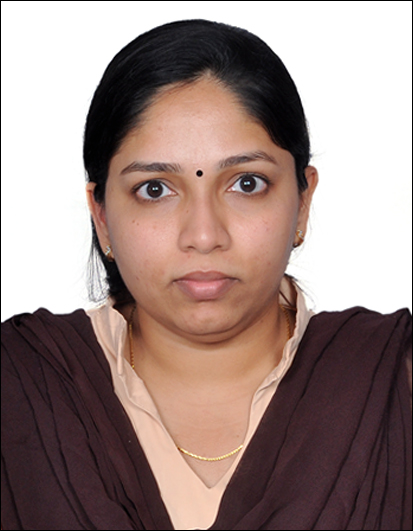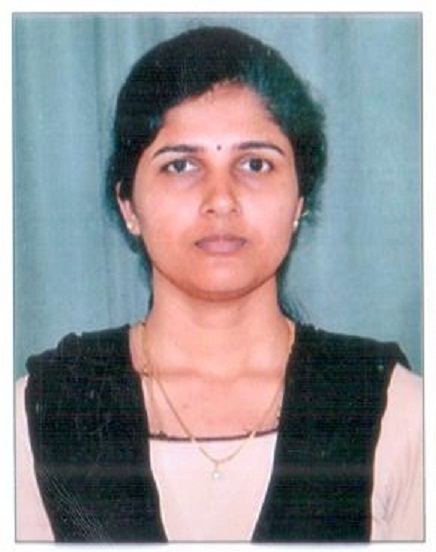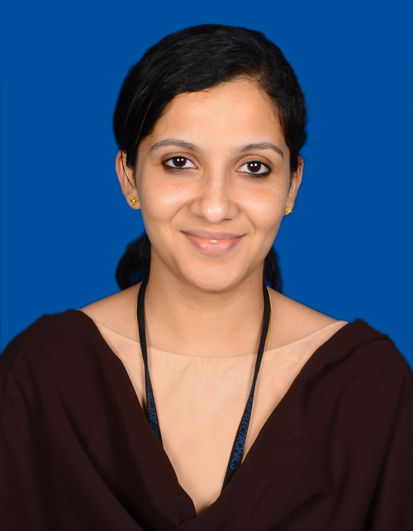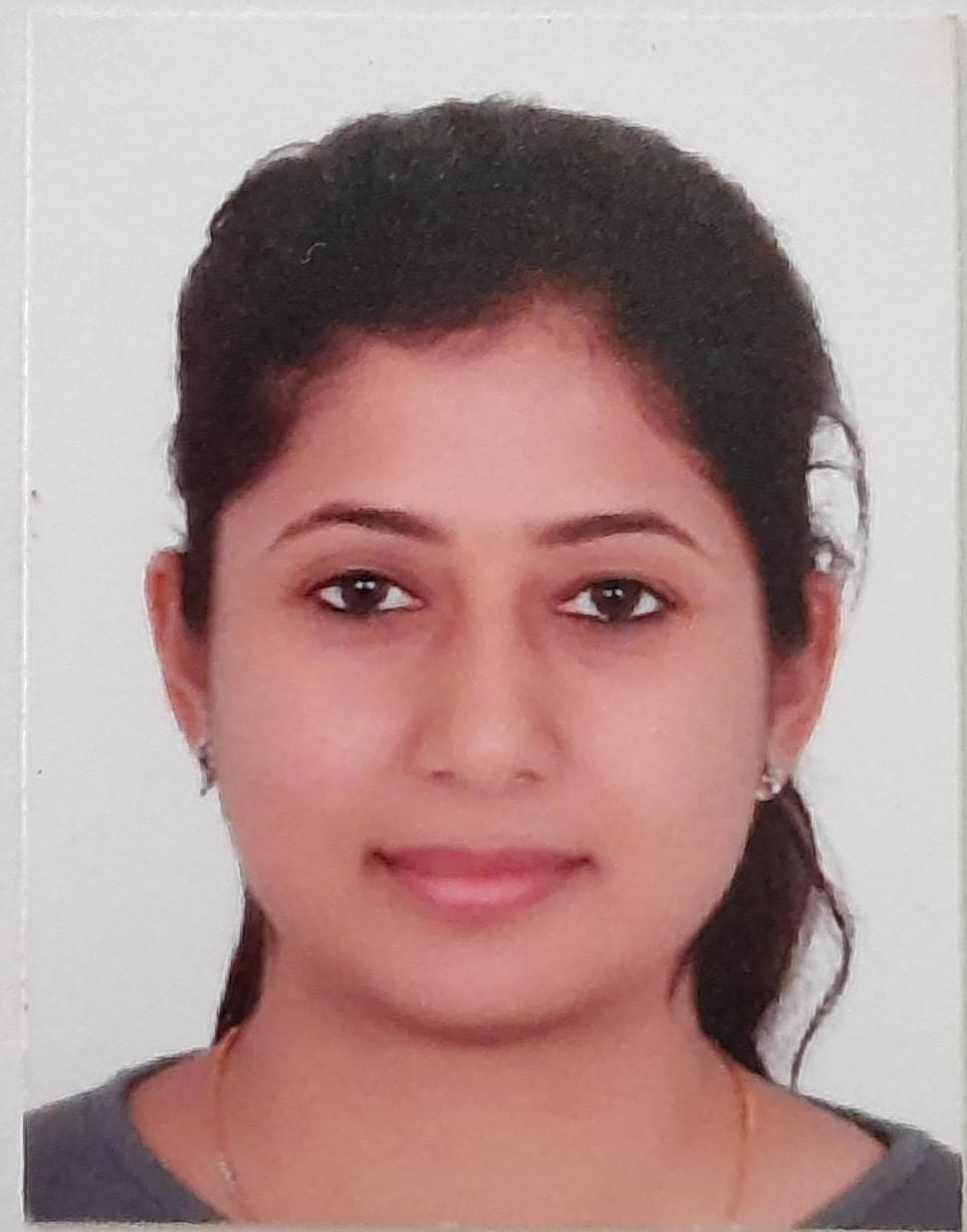Course abstract
Software-defined radio (SDR) is an inherent part of modern communication system, where many processes, which used to be implemented in hardware, are defined in software domain for flexibility and configurability. This course describes various components of software-defined-radios with the understanding of their limitation and application of ‘software-defined-solutions’ to overcome such limitations. Understanding the interplay of analog and digital signal processing for power as well as spectrum efficient transmission and reception of signal leads to an optimized, yet, practical radio solution. This course will allow students to understand (1) the terminology used in industrial data-sheets and (2) motivation for selecting appropriate commercial solutions for a practical transceiver design.
Course Instructor

Prof. Meenakshi Rawat
Dr. Meenakshi Rawat received the BTech degree in electrical engineering from the GovindBallabh Pant University of Agriculture and Technology, Uttarakhand, India, in 2006, and the MSc and PhD degrees in electrical and computer engineering from the University of Calgary, Calgary, AB, Canada, in 2012. From September 2012 to June 2013, she was a Post-Doctoral Research Fellow with the University of Calgary. From July 2013 to June 2014, she was a Post-Doctoral Project Researcher/Scientist with the Ohio State University. She is currently an Assistant Professor with the Indian Institute of Technology (IIT), Roorkee, Uttarakhand, India. Dr. Rawat was workshop co-chair for ARFTG-82 and session co-chair for MMwave and THz Designs for iMARC 2014, Bangalore, India. She was part of the Calgary group that won Overall Championship and Best Design Prize of the 3rd Annual Smart Radio Challenge, Wireless Innovation Forum. She was also the three-time recipient of the ResearchProduction Award in the University of Calgary and Best Poster Award of the 82nd Automatic RF Techniques Group (ARFTG) Conference, Columbus, OH, USA, in 2013. She is currently handling four research projects with funding from defense, private telecommunication industries and one internationational funding related to SDR for 5G communication
Teaching Assistant(s)
No teaching assistant data available for this course yetCourse Duration : Jul-Aug 2021
View Course
Syllabus
Enrollment : 20-May-2021 to 02-Aug-2021
Exam registration : 17-Jun-2021 to 20-Aug-2021
Exam Date : 26-Sep-2021
Enrolled
2102
Registered
142
Certificate Eligible
52
Certified Category Count
Gold
2
Silver
12
Elite
12
Successfully completed
26
Participation
67
Legend
AVERAGE ASSIGNMENT SCORE >=10/25 AND EXAM SCORE >= 30/75 AND FINAL SCORE >=40BASED ON THE FINAL SCORE, Certificate criteria will be as below:
>=90 - Elite + Gold
75-89 -Elite + Silver
>=60 - Elite
40-59 - Successfully Completed
Final Score Calculation Logic
- Assignment Score = Average of best 3 out of 4 assignments.
- Final Score(Score on Certificate)= 75% of Exam Score + 25% of Assignment Score
Note:We have taken best assignment score from both July 2020 and July 2021 course
Enrollment Statistics
Total Enrollment: 2102
Registration Statistics
Total Registration : 142
Assignment Statistics
Exam score
Final score
.jpg)
.jpg)
.jpg)
.jpg)




